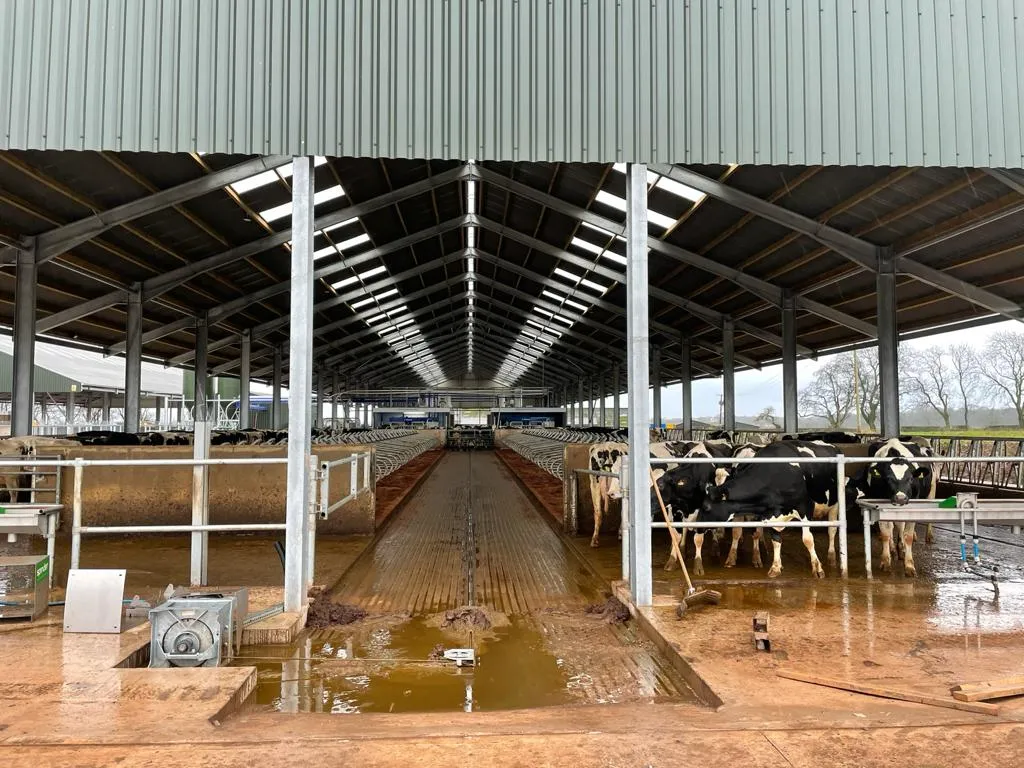- Afrikaans
- Albanian
- Amharic
- Arabic
- Armenian
- Azerbaijani
- Basque
- Belarusian
- Bengali
- Bosnian
- Bulgarian
- Catalan
- Cebuano
- Corsican
- Croatian
- Czech
- Danish
- Dutch
- English
- Esperanto
- Estonian
- Finnish
- French
- Frisian
- Galician
- Georgian
- German
- Greek
- Gujarati
- Haitian Creole
- hausa
- hawaiian
- Hebrew
- Hindi
- Miao
- Hungarian
- Icelandic
- igbo
- Indonesian
- irish
- Italian
- Japanese
- Javanese
- Kannada
- kazakh
- Khmer
- Rwandese
- Korean
- Kurdish
- Kyrgyz
- Lao
- Latin
- Latvian
- Lithuanian
- Luxembourgish
- Macedonian
- Malgashi
- Malay
- Malayalam
- Maltese
- Maori
- Marathi
- Mongolian
- Myanmar
- Nepali
- Norwegian
- Norwegian
- Occitan
- Pashto
- Persian
- Polish
- Portuguese
- Punjabi
- Romanian
- Russian
- Samoan
- Scottish Gaelic
- Serbian
- Sesotho
- Shona
- Sindhi
- Sinhala
- Slovak
- Slovenian
- Somali
- Spanish
- Sundanese
- Swahili
- Swedish
- Tagalog
- Tajik
- Tamil
- Tatar
- Telugu
- Thai
- Turkish
- Turkmen
- Ukrainian
- Urdu
- Uighur
- Uzbek
- Vietnamese
- Welsh
- Bantu
- Yiddish
- Yoruba
- Zulu
Dec . 10, 2024 12:51 Back to list
Fast Industrial Buildings Revolutionizing Construction for a Rapidly Changing World
In recent years, the industrial landscape has undergone significant transformations, driven largely by the increasing demands of globalization and rapid technological advancements. One of the most remarkable trends in this realm is the rise of fast industrial buildings. These structures represent a paradigm shift in construction, prioritizing speed, efficiency, and sustainability to meet the evolving needs of industries around the globe.
Fast industrial buildings are designed to be constructed quickly, using innovative materials and construction techniques that significantly reduce assembly time. Methods such as modular construction, prefabrication, and advanced robotics allow for the simultaneous preparation of building components off-site while the foundation is laid on-site. This dual approach can dramatically shorten the overall construction timeline, from months to just a few weeks, allowing businesses to ramp up their operations much faster than traditional building methods would permit.
One primary advantage of fast industrial buildings is their flexibility. As industries face fluctuating market demands, there is a need for adaptable spaces that can accommodate changes in production processes or shifts in product lines. Fast industrial buildings are often designed with open floor plans and modular layouts, allowing companies to reconfigure their production areas swiftly and efficiently. This adaptability reduces the risk of obsolescence, ensuring that businesses can remain competitive in an ever-changing market landscape.
Moreover, the sustainability aspect of fast industrial buildings cannot be overlooked. Many modern construction practices focus on reducing environmental impact. The use of energy-efficient materials and systems, such as solar panels, green roofs, and advanced insulation techniques, helps minimize the carbon footprint of these buildings. In addition, the reduction in construction waste and the emphasis on recycling materials during the building process align with global sustainability goals, making fast industrial buildings an eco-friendly choice for companies that are conscious of their environmental responsibilities.
fast industrial building

Another factor contributing to the popularity of fast industrial buildings is the cost-effectiveness associated with their construction. By shortening the build time and utilizing prefabricated components, companies can reduce labor costs and material waste. Furthermore, the swift completion of these projects allows businesses to start generating revenue sooner. In an economy where time is literally money, this aspect cannot be overstated.
As industries worldwide adapt to the demands of a digital age, the importance of technology in the design and construction of fast industrial buildings is becoming increasingly apparent. Building Information Modeling (BIM), for instance, allows for enhanced visualization and planning, helping to identify potential issues before construction begins. This technological integration ensures that the completed structure not only meets the current requirements but is also equipped to accommodate future innovations and expansions.
Despite these advantages, some challenges remain. Concerns over quality and durability often arise when discussing rapid construction methods. To combat this perception, developers are focusing on stringent quality control measures and employing experienced engineers and architects to ensure that fast industrial buildings meet the highest standards. Also, as these methods gain traction, regulatory bodies are adapting their guidelines and standards to facilitate the safe and effective construction of these structures.
In conclusion, fast industrial buildings represent a transformative approach to industrial construction that addresses the needs of a fast-paced and evolving market. By leveraging innovative construction techniques, emphasizing sustainability, and integrating technology, these buildings not only meet the immediate demands of companies but also provide them with the flexibility to adapt to future changes. As we continue to navigate the complexities of the global economy, the importance of efficient and sustainable construction methods like fast industrial buildings will undoubtedly play a critical role in shaping the future of industries worldwide.
-
How Do Prefabricated Steel Structures Transform Modern Construction?
NewsJul.14,2025
-
How Do Prefabricated Metal Buildings Redefine Modern Construction?
NewsJul.14,2025
-
How Do Prefab Insulated Metal Buildings and Steel Structures Revolutionize Modern Construction?
NewsJul.14,2025
-
How Do Pre - Engineered Steel Structures Redefine Modern Construction?
NewsJul.14,2025
-
Advancing Modular Construction with Prefabricated Metal Structures
NewsJul.14,2025
-
Advancing Industrial Infrastructure with Prefabricated Steel Solutions
NewsJul.14,2025
Products categories
Our Latest News
We have a professional design team and an excellent production and construction team.












